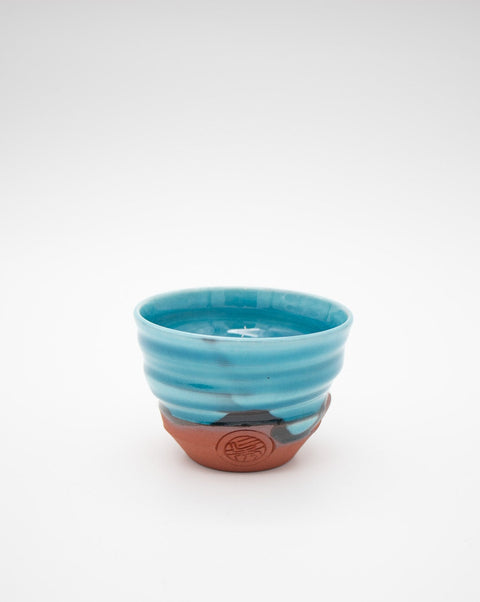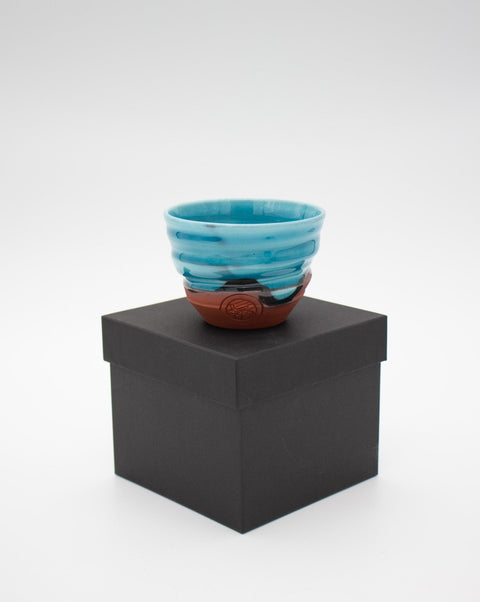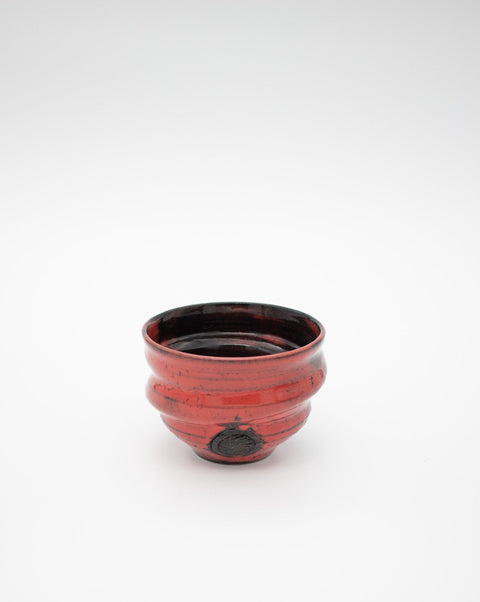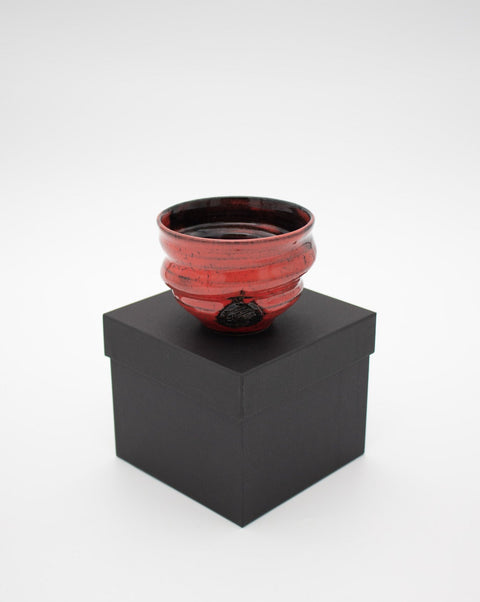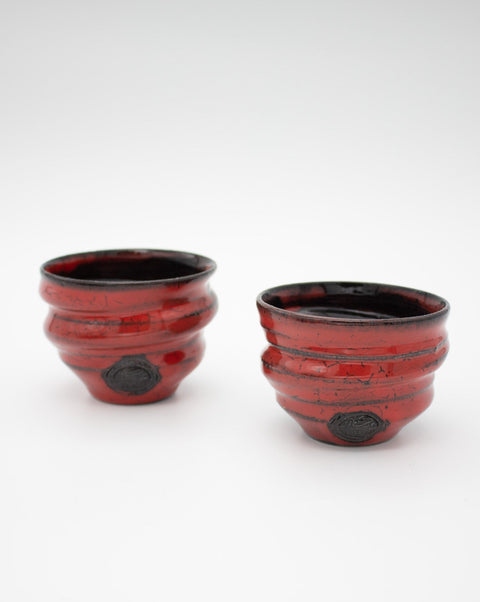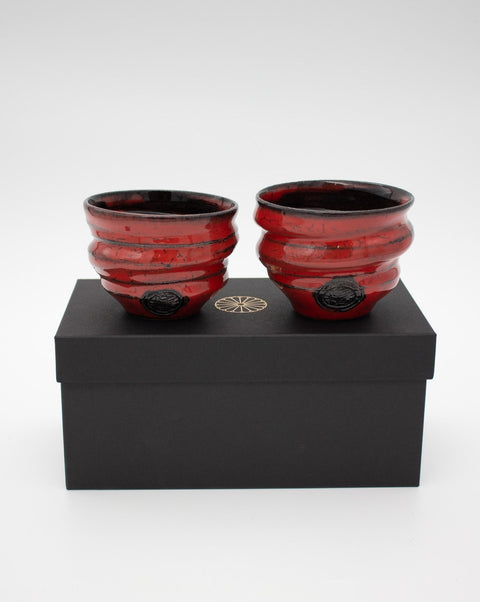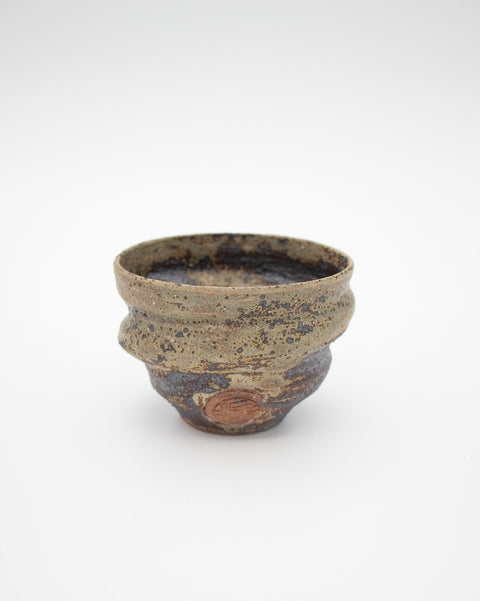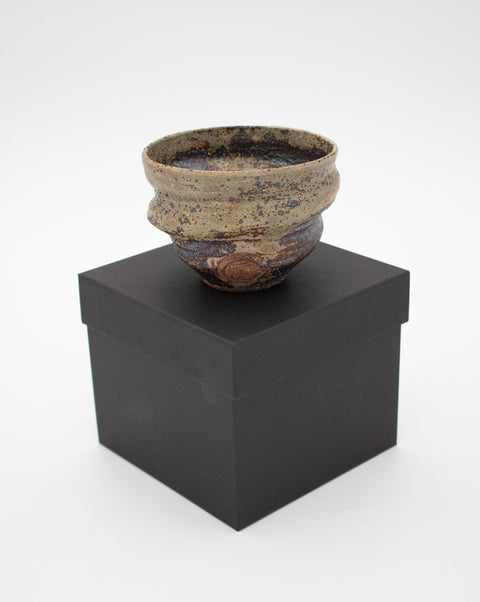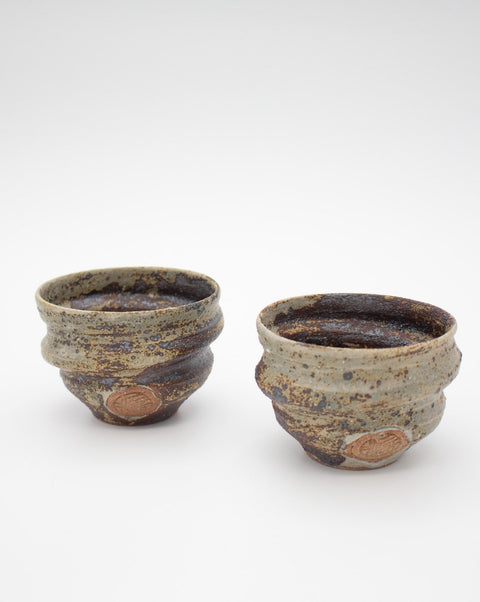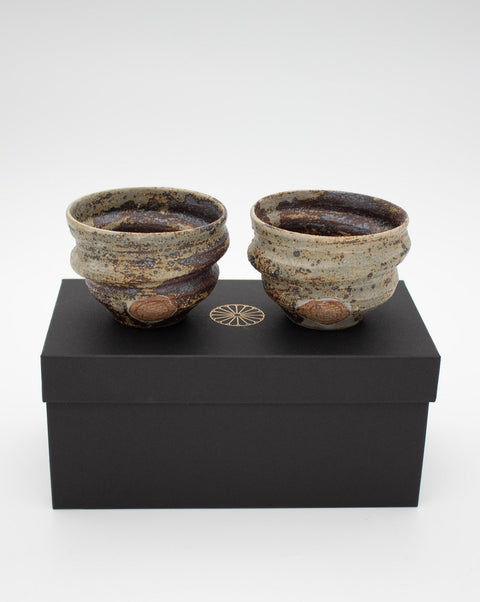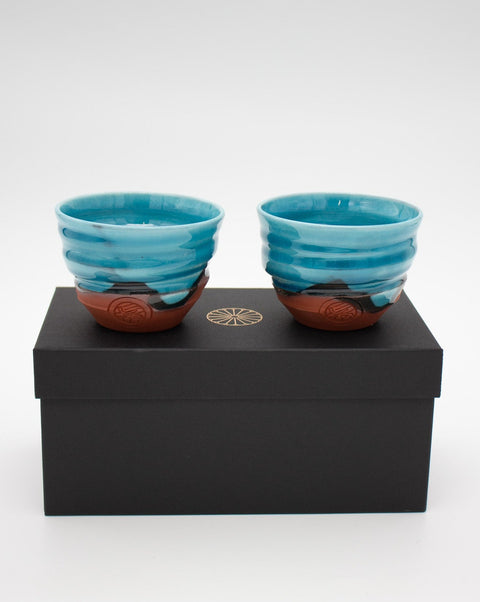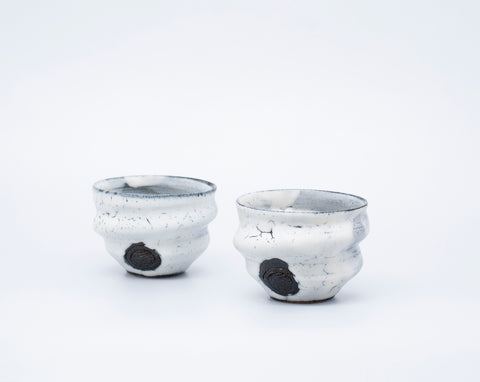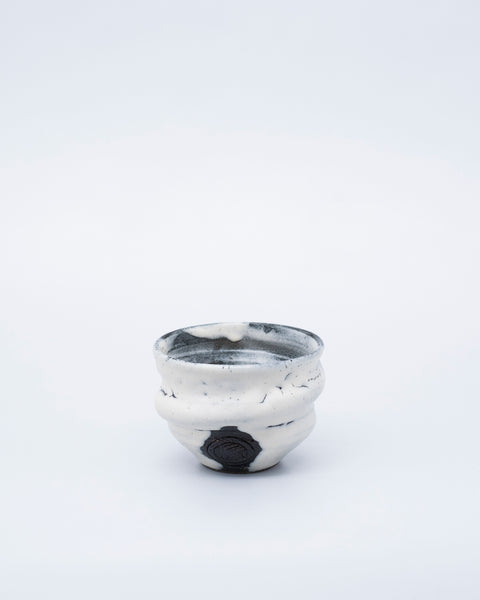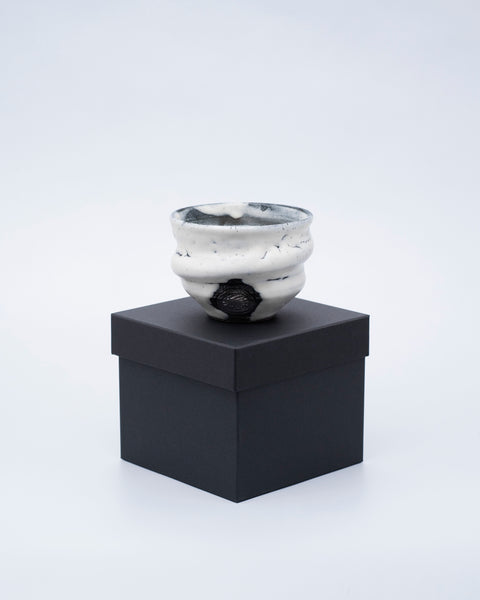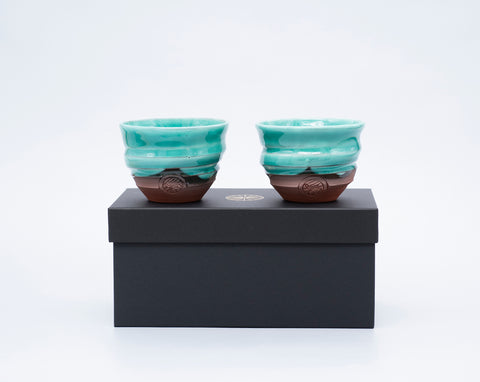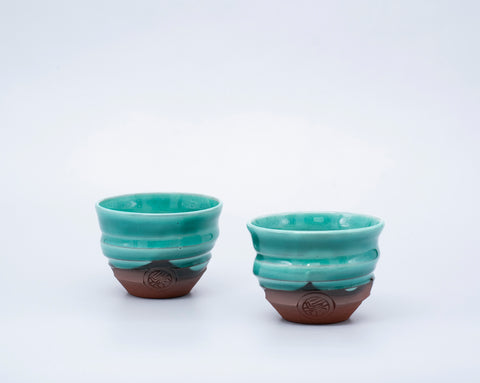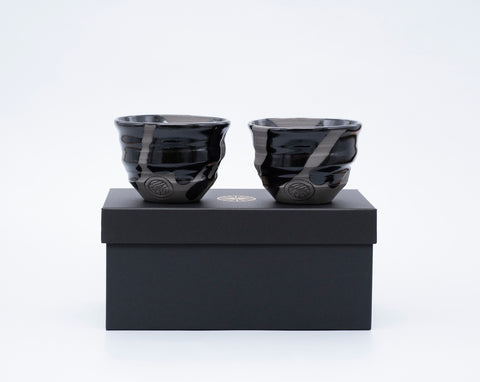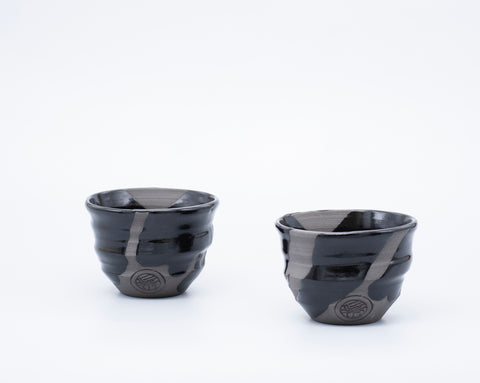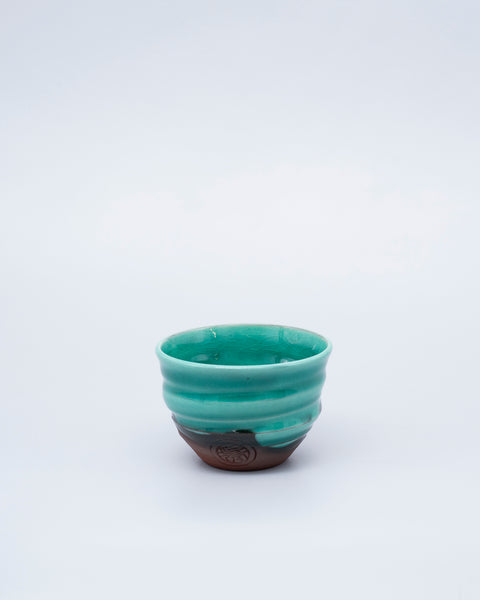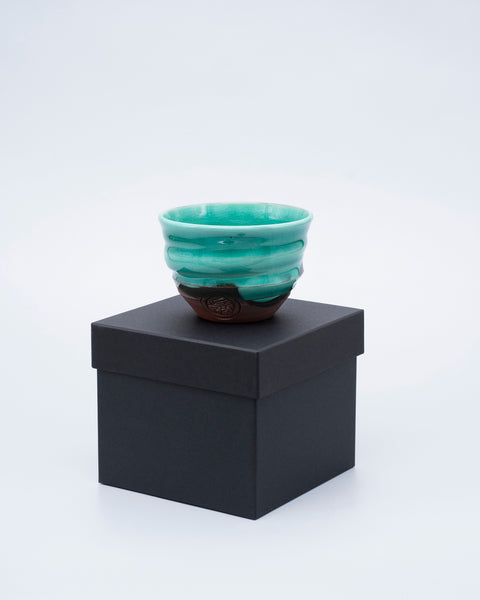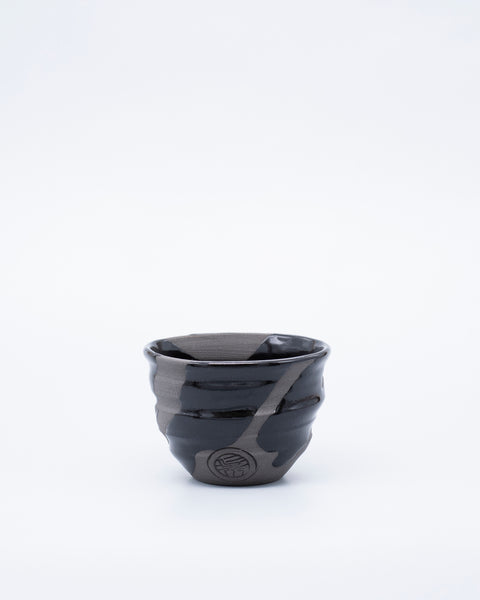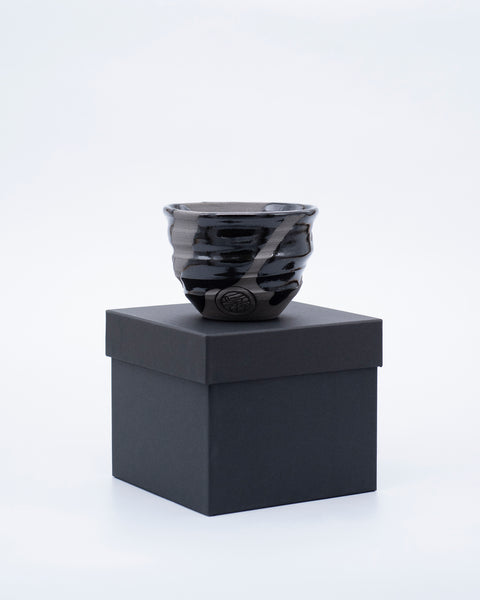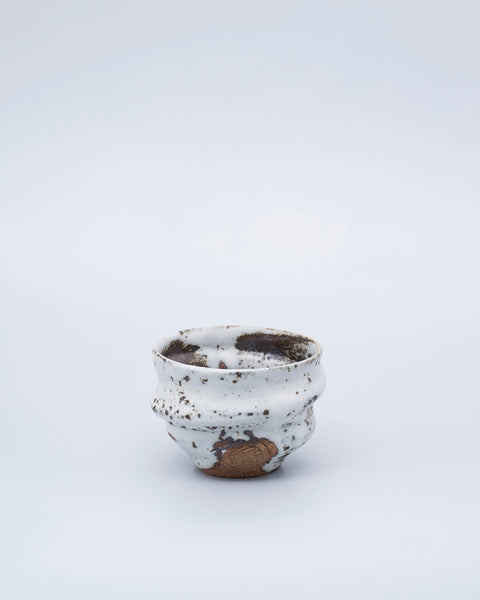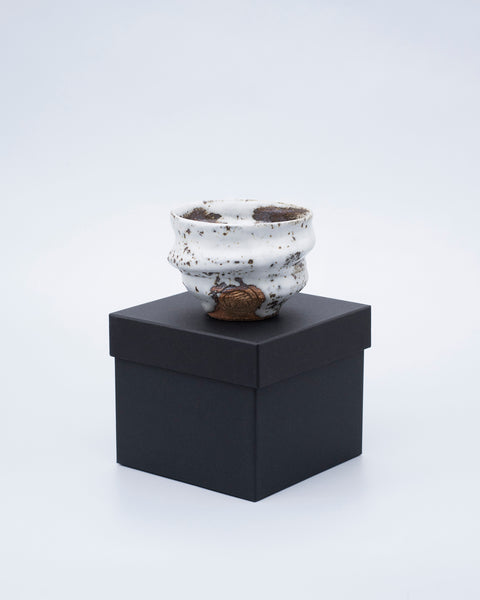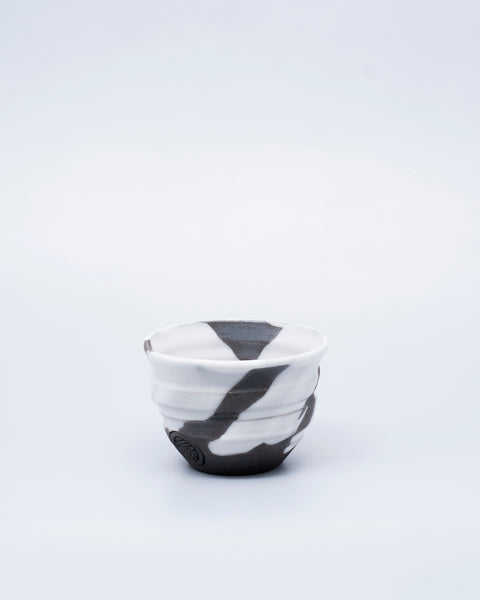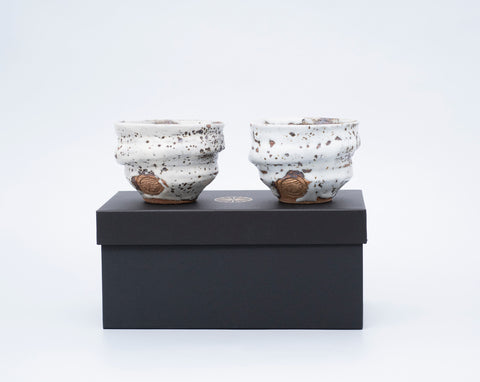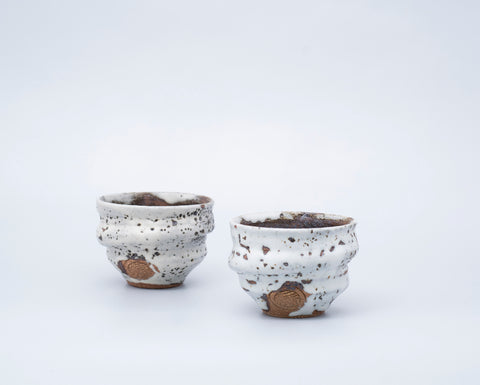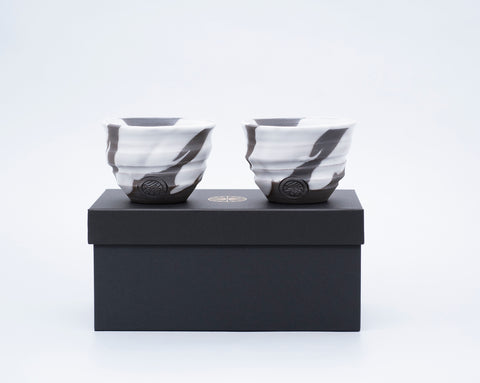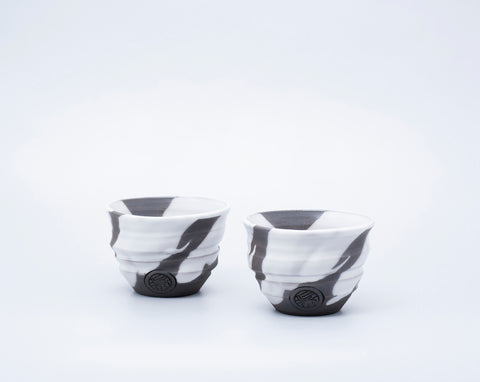Ninshu
Ninna-ji Temple is famous as a place to see Omuro cherry blossoms. It was completed by Emperor Uda in the 4th year of Ninna-ji (888). Ninna-ji is the head temple of the Omuro school of the Shingon Buddhist sect. From its establishment, members of the Japanese emperor's family inherited the role of monzeki (chief priest) of the temple, a tradition that continued through to the early Meiji era.
Today, NInshu is a World Heritage Site that includes the ‘Omuro Kiln’ that was opened in 1646 by Emperor Goyosei in the garden of the Omuro Imperial Palace, where he welcomed Ninsei as the first of the potters. Known as the ‘founder of Kyo ware’, Ninsei learned the tea ceremony from the tea master, Sowa Kanamori, and made numerous items of tea ware. These ‘Omuro ware’ pieces are said to be the root of Kyo ware. Many of the works of Ninsei, Kenzan Ogata, and Korin Ogata, the three masters of Omuro-yaki, have been designated as national treasures and important cultural properties within Japan.
The inscription ‘Ninshu’ was given by the 43rd Ninna-ji monzeki, Mizusuke Tatebe, who had the honour of instilling the essence of the Omuro Kiln that endures to this day.
a convergence of fashion, objects and jewellery

